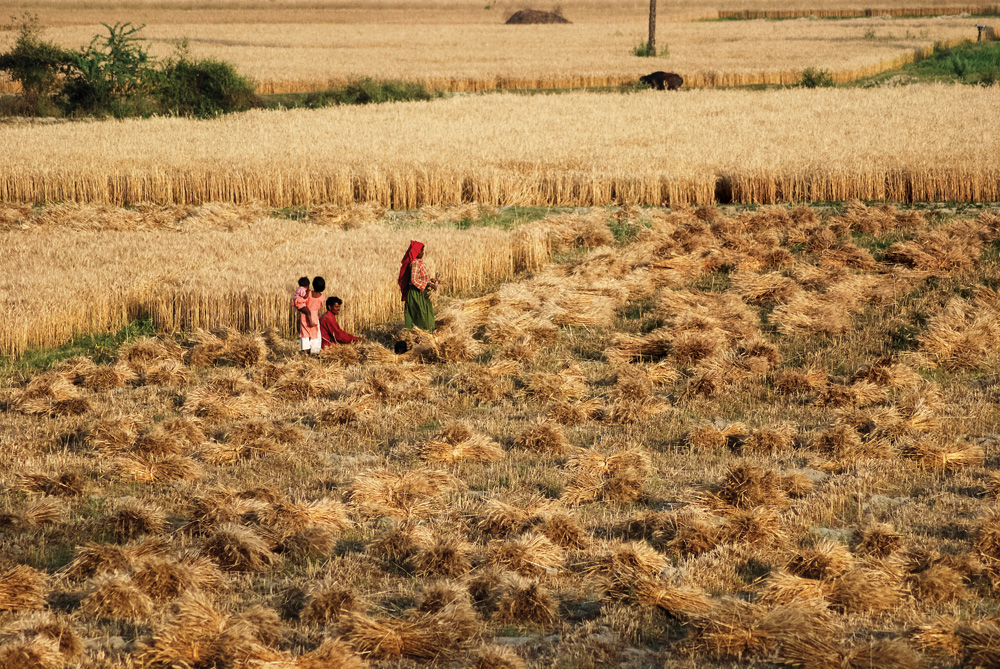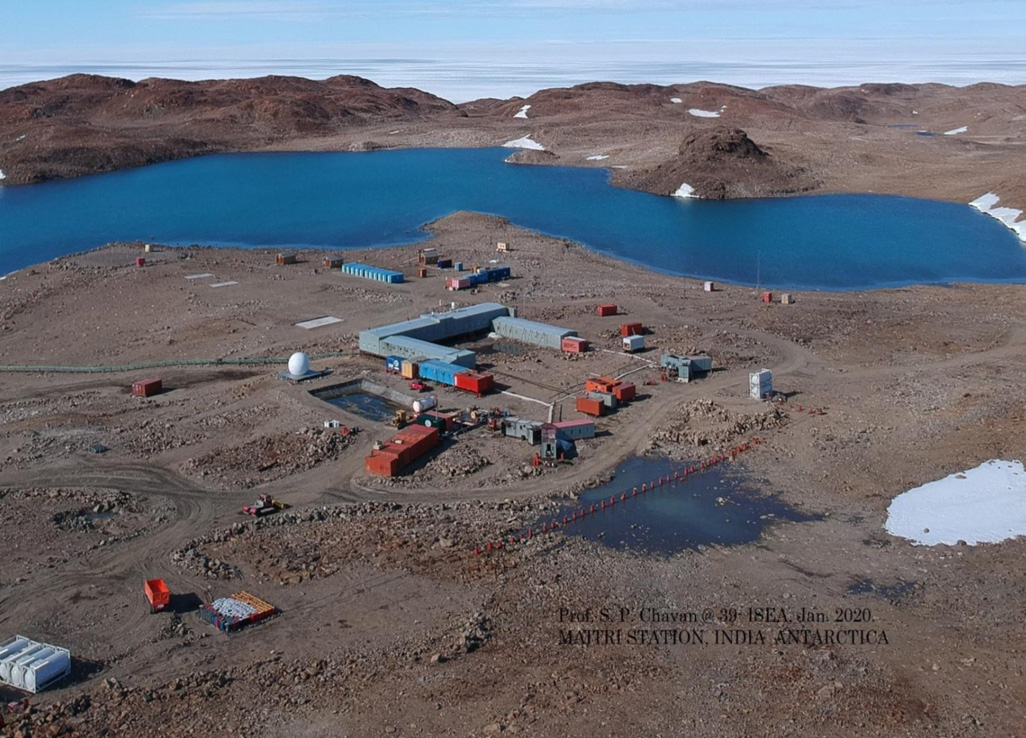Groundwater Exploitation in the Northwest Plains
Published: Jul 31, 2015
Published: Jul 31, 2015

Photo: Prasad
The annual wheat-rice crop rotation pattern in Punjab consumes huge amounts of water and has led to severe groundwater depletion.
Keep reading with one of these options :
